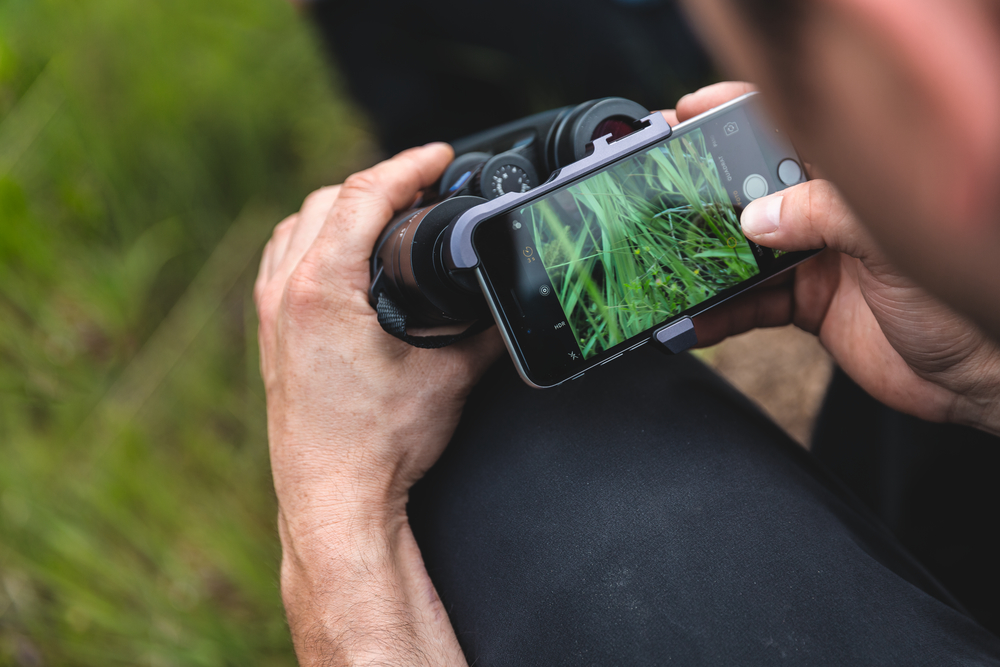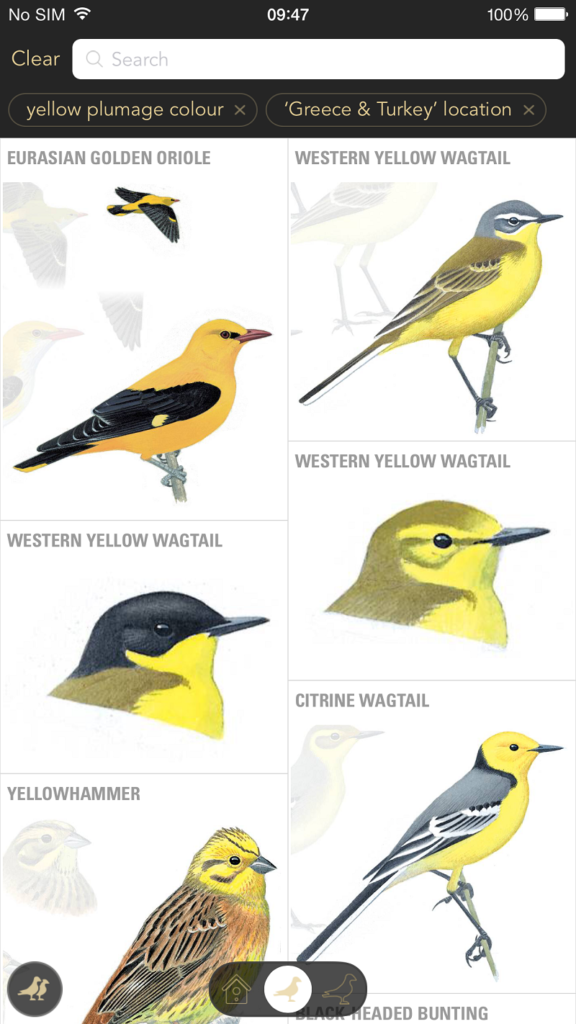In the time after the two world wars the TV and cinema formats on nature observation gained attraction. New formats developed globally, especially through England’s BBC.
With the new millennium the formats got more and more professional and popular. Nowadays, three million viewers annually watch the BBC show “Spring Watch” in England. The popular hosts welcome and monitor the first signs of spring like the first flowers or newly hatched young birds. The popularity status of the hosts is enormous and rarely has equivalents in other countries. Their professionalism and their experience in nature observation, is also considerable. Many of the moderators of BBC wildlife shows have the scientific biological background and the knowledge to transport the passion for nature observation in a comprehensive way. Their commitment is not only reflected in television. Many of the well-known wildlife presenters run their own online-formats and are active in diverse Social Media channels.
A variety of channels and apps for the road with global linkage
Today birdwatchers connect not only within their own countries in online communities like Club 300 in Germany and Austria or the Club 400 in UK, as there are more species on the island. In USA there many different clubs like this with different specific interests or regions they observe in – with the specific group of the backyard birdwatchers. Interested, experienced ornithologists collect data globally and easily and quickly capture them in apps like “ornitho” in several Central European countries and the global collection of sightings as platform for citizen science in eBird, the app of Cornell’s Labs of Ornithology. Cornell also supports beginners with the free app “Merlin Bird ID” to identify the birds. At the Cornell Bird Academy there are special online courses for beginners and experienced birdwatchers from the identification of raptors, owls to beginner courses and special courses for bird photography and the knowledge how to make the own garden attractive for birds. ZEISS customers get access to the Cornell Bird Academy when buying optics from ZEISS as part of the ZEISS 175 years anniversary promotion.
For the identification of European bird species, the app Collin’s Bird Guide is precious and currently free of charge during our 175 years anniversary promotion for all ZEISS users when registering their purchased product online during the anniversary promotion.
Also, in BirdForum thousands of members exchange on a global scale about what they see, about optics and their life with the focus on birdwatching. With more than 173,800 members BirdForum today is the biggest global platform, where the birdwatching community exchanges.

Digitalization also enters the world of optics
Even at the end of the 1990s and the beginning of the 2000s there were adapters to dock a photo camera to a spotting scope. Today this is much more comfortable with a smartphone and an easy adapter like with the spotting scope ZEISS Victory Harpia 95 or even with a binocular. In order to register a rare bird at the local national rarity commission it was rather cumbersome as the submitter of the sighting was evaluated regarding their competence and the sighting was checked regarding its probability. Today, the proof is easy to show with photos in high quality. Many also use the photos just as a memory as the quality of the picture is very good. In the long history of bird and nature observation today we reached a level of professionalism and quality, which gains attraction reaching far out of the pure birdwatching community. There are newcomers at bird races, who mainly take pictures and later on ask the professionals what they have seen. In addition, identification apps for birds, mammals and plants help to recognize what people see and apps for bird voices even tell them what they hear. So the access for interested newcomers is much easier and welcoming.
About Post Author
Visits on this Page:3153

